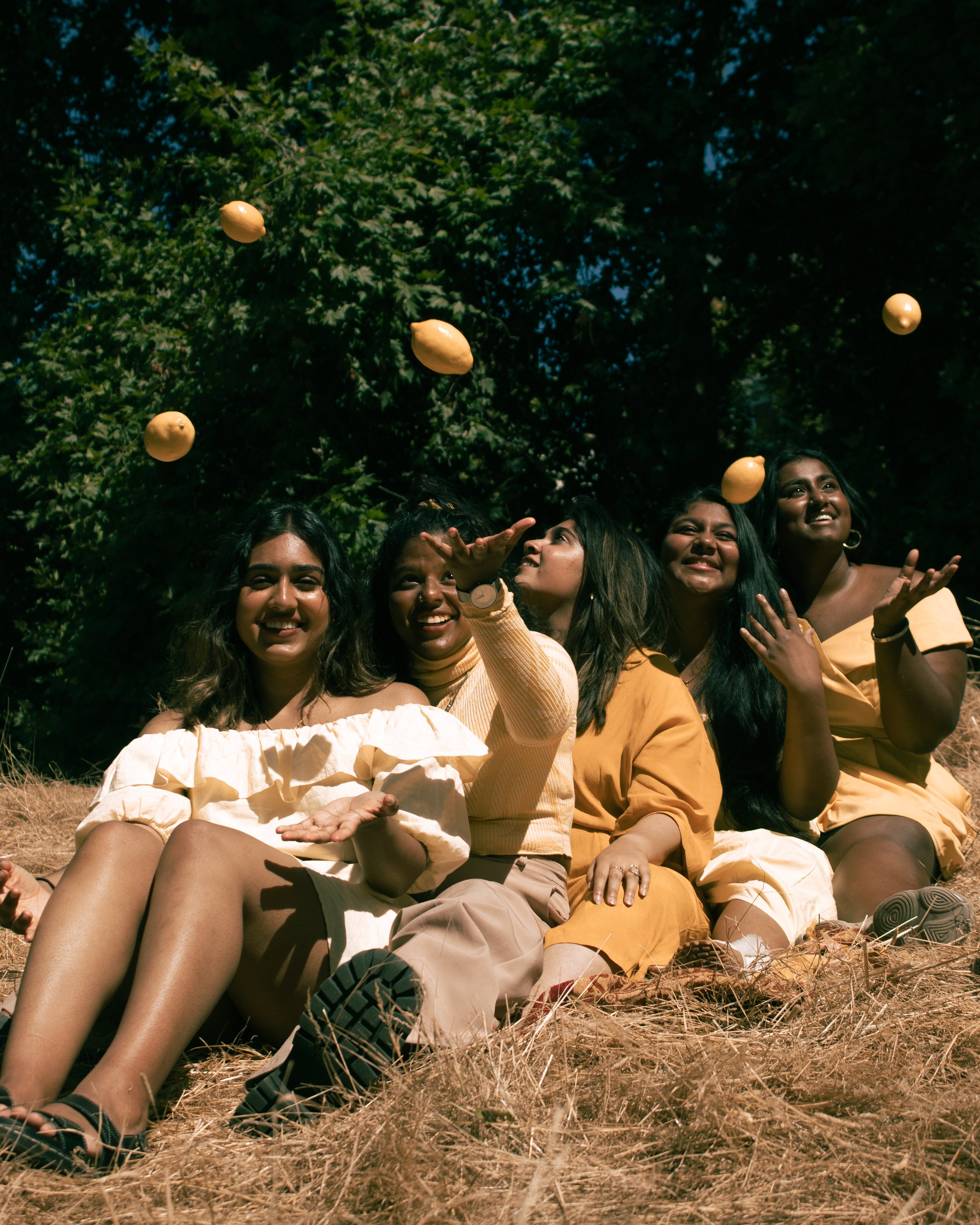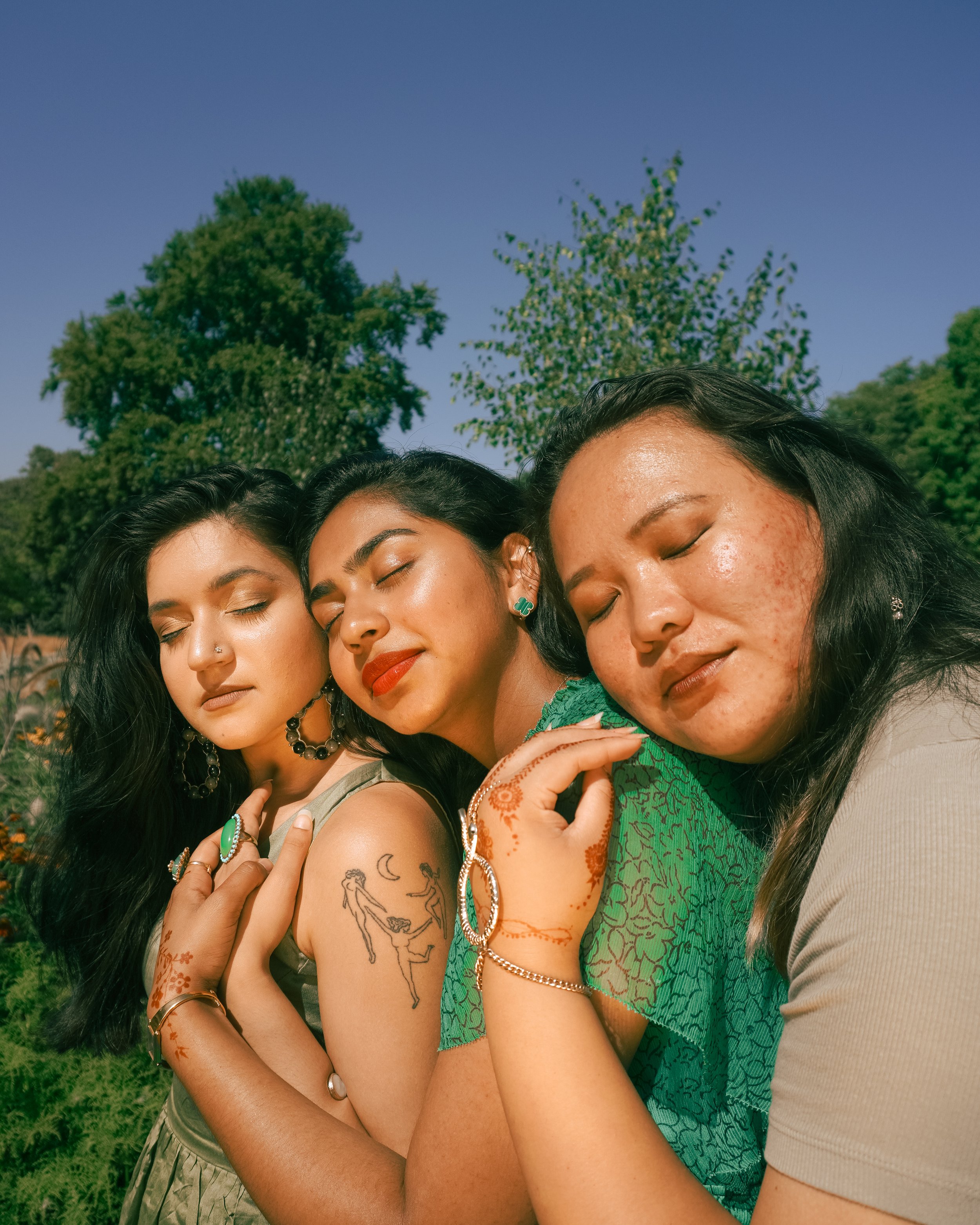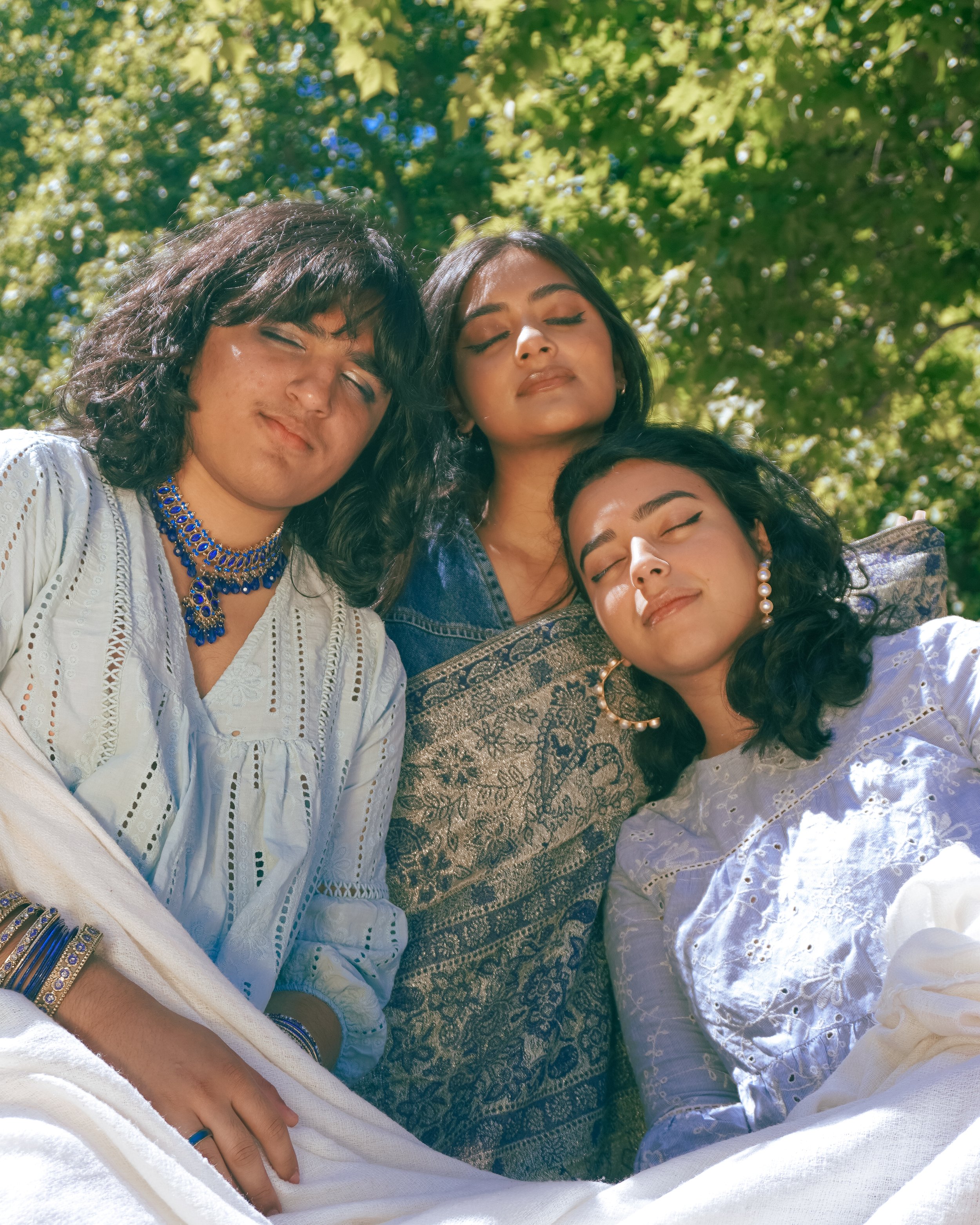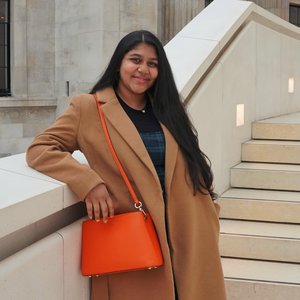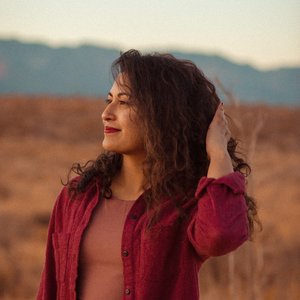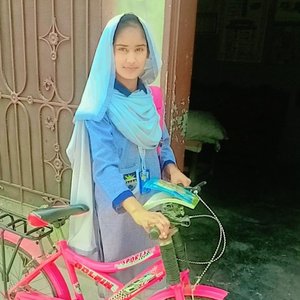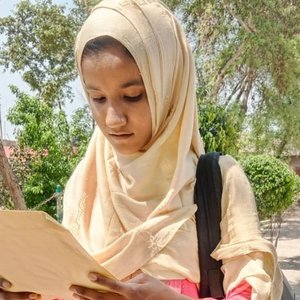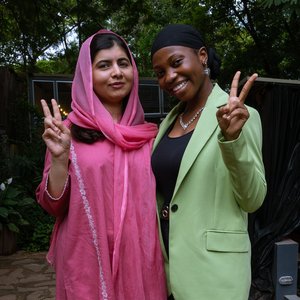Brown is beautiful
In her photo series “Brown Is,” 20-year-old Nila Varman celebrates solidarity between South Asian people and communities. (Courtesy of Nila Varman)
In her photo series “Brown Is,” 21-year-old Nila Varman celebrates solidarity between South Asian people and communities.
Growing up in the U.K., the only South Asian women I saw represented in media had unattainable body sizes, light skin tones, angular features, hair that was never frizzy, small noses and light-coloured eyes. As a result of colourism and deeply ingrained Eurocentric beauty standards, I never saw anyone who really looked like me either in Western or South Asian movies and TV shows. This lack of representation led to low self-esteem and a great deal of shame when it came to my Tamil and South Asian heritage. I struggled with my confidence and constantly worried that I didn’t look like what a South Asian woman was “supposed” to look like.
These insecurities became visceral when I began experiencing discrimination. When I entered secondary school, my Brown classmates ridiculed my identity as a Tamil and South Asian girl. My family had always taught me to celebrate my heritage, but my peers had internalised South Asian language hierarchies, the harmful caste system and tired, racist stereotypes about South Indian people. The coconut oil that my Amma (mum) applied in my hair and the Carnatic music I had been brought up with became the root of jokes and mockery. The offensive, mocking way in which movies from other regions of South Asia portrayed South Indian people influenced how my peers perceived me before they even got to know me. They even mocked my speaking Tamil — the oldest spoken language in the world.
I felt like I had nowhere to turn. But I soon found out that I was not alone.
When I was 20, I started “The Nila Extract!,” a radio show and educational platform that amplifies the lived experiences of underrepresented communities. Through interviewing guests on my show, creating educational content on my Instagram with incredible activists and change-makers and writing opinion pieces that integrate my story with the stories of others, I strive to build solidarity among South Asians everywhere and celebrate how beautifully Brown we are. Over the past year and a half, so many followers have reached out to tell me how they felt after hearing someone from their community share their lived experience on my platform. For some, this was the first time they’d ever seen themselves represented.
This year, as part of the “The Nila Extract!,” I created the photo series “Brown Is,” which shows South Asian people from all backgrounds, gender identities, sexualities, skin tones and body sizes in one frame and features models’ reflections on what being Brown means to them. I created, creative directed and co-photographed three photoshoots for the series, each with a diverse group of individuals from various South Asian backgrounds. Each shoot centres on a colour scheme: yellow, green and blue, symbolising topics that South Asian culture often tells us are taboo to talk about. My hope was that young South Asian girls like me would find something in this photo series that resonated with them — be it the people in the photos, the stories they shared or the solidarity that exists between us.
“Brown is” was the first large photography project I’d ever organised. As creative director, I wanted the shoot to be accessible to anyone who was interested in taking part. So I posted an open casting call on social media and was touched by the amount of responses I received. From there, I collaborated with the incredibly talented Sonia Abbas, who was my co-photographer on one of the shoots and art director for the rest. On set, we all felt powerful, strong, empowered and seen. For me personally, I had never been among so many South Asians from different backgrounds before! It was an honour to have so many incredible people trust in me and my vision. I wanted to make our skin glow and celebrate the beauty and boldness of our individual identities — we are so much more than just Brown.
I am so honoured to be able to share some of the final photos from the series with you!
Brown is soft love
Photography: Sonia Abbas
Creative director: Nila Varman
Art director: Sonia Abbas
Lighting: Robert Nettleton
Models: Nila, Ata, Anu Kirah, Rhea and Samyuktha
This yellow shoot symbolises being vocal, breaking barriers and owning your sexuality. The softness and pops of yellow in the photos celebrate outspokenness, a trait which individuals — especially young South Asian women — are still ostracised for. The multiple hues of yellow represent individuality within a diaspora, and the lemons represent breaking barriers.
(Courtesy of Nila Varman)
“If we don't break these barriers, we will remain confined within them forever. We have to decide what our barriers are and what the norm is for us,” says Ata Chowdhry, who is pictured above third from the left. To her, Brown is: hard work, drive and determination.
(Courtesy of Nila Varman)
“As a plus-sized person, it is always hard to be seen as beautiful and even accepted as human. The same goes for dark-skinned Brown girls who grew up thinking that being darker meant they weren’t as beautiful … I’m so happy to finally be in a society where dark-skinned girls are not just accepted, but also seen as sexy and beautiful,” says Anu Kiraha, pictured above first from the top, who is Tamil. To her, Brown is: resilient.
(Courtesy of Nila Varman)
“I am not meant to be in a box, nor is any woman out there. I have some encouraging men in my life, family and loved ones who push me every day to be the woman I aim to be. That’s the world I want to be in,'' says Rhea, pictured above second from the left, who is Malayali. To her, Brown is: strength and soft love.
Brown is home
Photography: Nila Varman
Creative director: Nila Varman
Art Director: Sonia Abbas
Photo editor: Sonia Abbas
Lighting: Nila Varman
Models: Priya, Farzeen and Arpana
This green series symbolises new beginnings, togetherness, belonging, unity and calmness within the South Asian community. The greens and blues complemented by gold undertones depict fluidity, peace and unity of different heritages in one space. I wanted to explore the beauty of being in each other’s company and finding acceptance with our South Asian identities while also portraying the intertwining of each other’s cultures despite our differences.
(Courtesy of Nila Varman)
“Despite us all having our own definitions to describe our cultural identities, there is a beautiful sense of belonging I feel when I’m in the presence of my friends and family. Even if it’s not what we necessarily speak about with each other, there is a mutual understanding that we have shared experiences, hopes and fears associated with our cultures,” says Farzeen Shafeek, pictured above bottom right, who is Malayali. To her, Brown is: complex.
(Courtesy of Nila Varman)
“There is a peace and calm that comes from praying together, eating together and celebrating together,” says Arpana Rai, pictured above first from the right, who is Nepali. To her, Brown is: community.
(Courtesy of Nila Varman)
“There are some people in the world who help you feel so calm when you are together and in each other's presence. For me, those are my best friends. It doesn't matter where we are in the world, I feel calm when I'm reminded of my friends and I remember we're getting through this life together — looking beautiful and feeling wonderful no matter what happens,” says Priya Roy, pictured above on the right who is Bangladeshi and Indian. To her, Brown is: limitless and home.
Brown is Not Your Summer Tan
Photography : Nila Varman
Creative director: Nila Varman
Art director: Sonia Abbas
Photo editor: Sonia Abbas
Lighting: Robert Nettleton
Models: Jamilah, Bimmy, Aishwarya, Mason and Nandan
The blue series symbolises modernity, disruption, allyship and acceptance. Although each of the models is dressed in a different shade of blue, some with statement pieces that pay homage to their individual heritages, they are bonded by the wave of the white cloth which pulls them together. The clash of the colours and patterns fit well together. Coming from a diaspora which often projects that different heritages can’t be represented as one, this series weaves stories together. The colour blue also symbolises standing up for what you believe in, its vibrant hue contrasting with the statement pieces to represent modernity peeking through tradition.
(Courtesy of Nila Varman)
“Being vocal is a tradition which every South Asian should continue to do. From picket lines to domestically, we are not pushovers. Sexism and racism will not be enabled via our silence, so we stand up, together, to empower our own voice and amplify others! inqilaab zindabaad!” says Jamilah, pictured above first on the right, who is Indian and Bangladeshi. To her, Brown is: resilient.
(Courtesy of Nila Varman)
“As a South Indian girl (this is a stereotype that holds true), it's difficult to stand up for myself. We tend to be non-confrontational (every movie example ever). I have found that it is easier for me to be vocal when I do it as spoken word poetry,” says Aishwarya, pictured above bottom right, who is Kannadiga.
(Courtesy of Nila Varman)
“This shoot was refreshing. I've never been able to count that many South Asians in my near vicinity in a Western setting before. It felt safe, calming and like home. It was so wonderful to see how despite we grew up from different areas of South Asia, in different circumstances, we had things we could relate with and things we could learn from one another. I struggled with this a lot when I first started feeling like I should be vocal because I didn't have the tools. Now, I find that being vocal doesn't have to be through the literal definition. So, I'm vocal through the types of stories I push out into media whether it be through novels, animations, films or poetry,” says Mason, pictured above second from the left, who is Pakistani. To them, Brown is: not your summer tan.
 Read more
Read more






